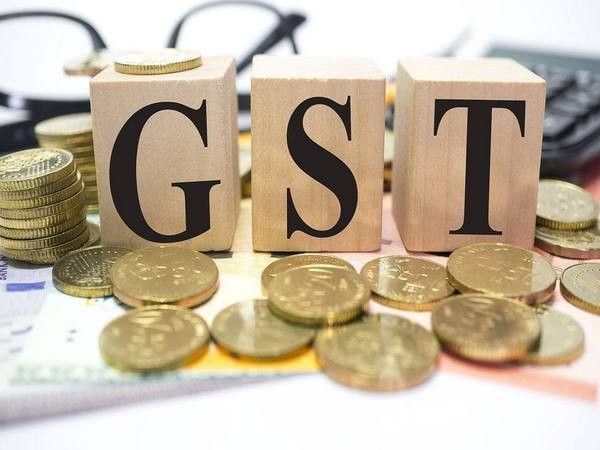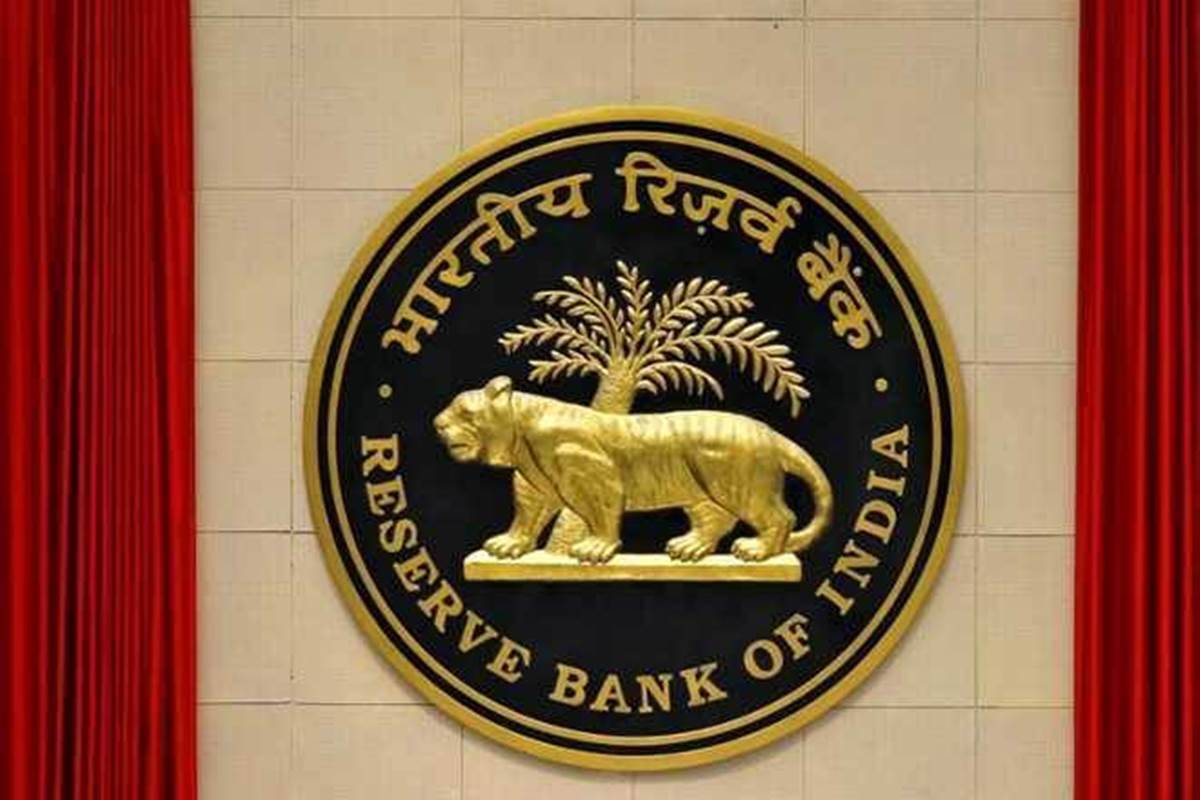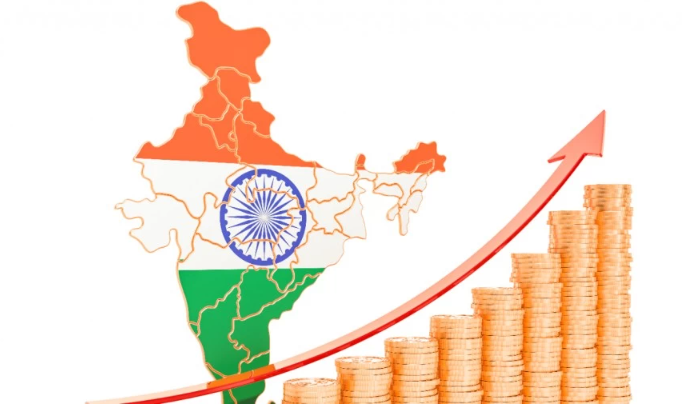
Before and after GST
- August 8, 2023
- 0
In the early 1990s, when excise duty was the primary tax at the Centre, and sales tax in states. Many industrialists were complaining about the complex indirect tax system in the country, with each state having its independent tax structure and no connection to the tax system in the other states.
There used to be a local value-added tax (VAT) for intra-state movement of goods, and a central sale tax (CST) regime for inter-sate movement. CST was not allowed to be set off against local VAT in the importing state, while VAT credit could not be used to pay CST. Local VAT rate varied across states, causing a change in tax as soon as a commodity crossed the boundary of a state. Every state had a noka at its border.
Policymakers States were always looking at tax structures in neighbouring states and devising systems to make tax rates more attractive in order to attract businesses to state. The other states were also doing the same time only meant a race to the bottom for states and extreme uncertainty for the taxpayer.
This also meant that companies were constrained to maintain werehouses in almost every state where they sold goods, and their decisions were influenced more by state tax policy than being prudent business calls. Logistics, therefore, was a nightmare. As studies revealed, it was more economical to import goods from a far-off country-both in terms of time and cost-than moving the same goods from one state to another.
The Centre also had its own independent regime of central excise duty and service tax, with entirely different procedures and compliance requirements. The central and state regimes did not speak to each other, which led to huge cascading and compliance burden for businesses. For example, a business having presence in 25 states would have to file as many VAT and CST return, besides central excise and service tax returns based on its premises.
It took very long before a consensus was reached, and goods and services tax (GST) was rolled out in the country on July 1, 2017, by subsuming more than 17 taxes, surcharges, and cesses. It was ‘one nation, one tax’ finally that contributed in bringing certainty and stability to the country’s many indirect tax structures. The nakas disappeared overnight. Compliance was extremely simplified, and the cascading burden was taken off, with the integrity of input tax credit (ITC) chain being fully ensured.
Goods started moving seamlessly across the country, and business decisions were no longer influenced by tax regimes. This meant huge cost and resource saving for businesses, and increased compliance ensured they could compete fairly.
The first few years of the GST regime were marred by difficulties in implementation, especially the structure and technology. The government was blamed for making very frequent changes in the initial period, but we need to appreciate that the government was making necessary changes based on stakeholder’ feedback. In recent years, however, stakeholders’ feedback on GST has been positive.
The implementation of GST in the country was carried out with extreme sensitivity. Even as changes were being made to the structure and technology continuously, policy measures were also being taken to convince and cajole entities to come into the GST fold. There were no coercive or punitive measures taken in the initial period, as the intention was to draw as many people to GST as possible. The result is that the number of assesses brought under GST has more than doubled from just 6.5 million in July 2017 to around 14 million now.
Tarun Bajaj
जीएसटी से पहले और बाद में
वर्ष 1990 के दशक की शुरुआत में, केंद्र में उत्पाद शुल्क प्रमुख कर था और राज्यों में बिक्री कर था। देश में अपरिष्कृत अप्रत्यक्ष कर प्रणाली के बारे में कई उद्योगपतियों की शिकायतें थीं, कि हर राज्य में अपनी स्वतंत्र कर प्रणाली होने के साथ ही उनका अन्य राज्यों की कर प्रणाली से कोई संबंध नहीं था।
राज्यों के भीतर वस्तुओं के अंतर-राज्य आवागमन के लिए स्थानीय VAT होता था, और अंतर-राज्य आंदोलन के लिए केंद्रीय बिक्री कर (सीएसटी) था। CST को आयात करने वाले राज्य में स्थानीय VAT के साथ सेट ऑफ नहीं किया जा सकता था, जबकि VAT क्रेडिट CST का भुगतान करने के लिए उपयोग नहीं किया जा सकता था। राज्यों के बीच स्थानीय VAT दरें भिन्न-भिन्न थी, जिसके कारण कोई भी वस्तु एक राज्य की सीमा पार करते ही कर में परिवर्तन हो जाता था। हर राज्य के सीमा पर एक नाका होता था।
प्रत्येक राज्य के नीति निर्माताओं ने हमेशा ही पड़ोसी राज्यों की कर संरचनाओं को देखते हुए कर दरों को आकर्षक बनाने के लिए अपनी कर प्रणालियों का विकास किया था, ताकि व्यापार को राज्यों में आकर्षित किया जा सके। यदि अन्य राज्य भी ऐसा कर रहे होते तो यह राज्यों के लिए नीचे जाने का कारण होता था और करदाताओं के लिए अत्यधिक अनिश्चितता का कारण बन जाता था।
इसका अर्थ यह भी था कि कंपनियों को उन सभी राज्यों में अपने गोदाम बनाने पड़ते थे जहां उनका माल बिकता था और उनके निर्णय विवेकपूर्ण व्यवसायिक गतिविधियों से अधिक, राज्य की कर नीति से प्रभावित होती थी। इसलिए, लॉजिस्टिक्स एक बड़ा बुरा अनुभव होता था। अध्ययनों से पता चलता है कि वस्तुओं को समय और लागत की दृष्टि एक राज्य से दूसरे राज्य में ले जाने से बेहतर एक दूसरे देश से आयात करना अधिक किफायती होता था।
केंद्र की अपनी एक स्वतंत्र केंद्रीय उत्पाद शुल्क और सेवा कर की व्यवस्था थी जिसमें प्रक्रिया और पालन की शर्तें भी अलग-अलग थी। केंद्रीय और राज्यीय प्रशासन एक दूसरे से बात नहीं करते थे, जिससे कराधान और पालन दोनों ही व्यापारियों पर बोझ था। उदाहरण के लिए, 25 राज्यों में मौजूद व्यवसाय को अपने स्थानीय वीएटी और सीएसटी रिटर्न भी भरने होते थे। और साथ ही उसे अपने कार्यस्थक्त के आधार पर निर्धारित केंद्रीय उत्पाद शुल्क और सेवा कर रिटर्न भरना होता था।
सर्व सहमति बनने में बहुत समय लगा, और अततः वस्तु और सेवा कर (जीएसटी) को 1 जुलाई 2017 को देश में लागू किया गया, जिसमें 17 से अधिक कर, सरचार्ता अधिभार और उपकार सेसेज को शामिल किया गया। यह अंत में ’एक देश, एक कर’ था, जिसने देश की कई अप्रत्यक्ष कर संरचनाओं को निश्चितता और स्थिरता लाने में सहायता की। नाका रातोंरात गायब हो गये।
पालन बहुत ही सरल हो गया, और पूर्ण रूप से इनपुट कर क्रेडिट (आईटीसी) श्रृंखला की अखंडता के साथ सुनिश्चितता से करों का बोझ कम हो गया, माल ढ़ुलाई देश भर में बिना किसी बाधा के आराम से होने लगे है, और व्यापारिक निर्णय अब कर नियमों से प्रभावित नहीं होते इसका मतलब व्यापारों के लिए बड़ी लागत और संसाधन बचत, और बढ़ी हुई पालना इसे सुनिश्चित करती है कि वे निष्पक्ष रूप से प्रतिस्पर्धा कर सकते हैं।
जीएसटी शास्न के पहले कुछ वर्षों में, विशेषतः संरचना और प्रौद्योगिकी में कठिनाइयों के कारण कार्यान्वयन में कठिनाइयाँ थीं। सरकार को प्रारंभिक अवधि में बहुत बार बदलाव करने के लिए दोषी ठहराया गया, लेकिन हमें यह भी समझना और प्रशंसा करनी चाहिए कि सरकार उपयोगकर्ताओं की प्रतिक्रिया के आधार पर आवश्यक बदलाव कर रही थी। हालांकि, हाल ही में, जीएसटी पर हितधर्मी उपयोगकर्ताओं की प्रतिक्रिया सकारात्मक रही है।
देश में जीएसटी का कार्यान्वयन अत्यंत संवेदनशीलता के साथ किया गया। जबकि संरचना और प्रौद्योगिकी में निरंतर बदलाव हो रहे थे, ऐसे नीतिगत उपाय भी अपनाए गए थे ताकि व्यक्तियों को जीएसटी में आने के लिए मनाया और लालच दिया जा सके। प्रारंभिक अवधि में कोई जबरन या दंडात्मक उपाय नहीं लिए गए थे, क्योंकि जितने लोगों को संभव हो सके उन्हें जीएसटी में लाने का आग्रह था। इसके परिणामस्वरूप, जुलाई 2017 में केवल 65 लाख से अधिक करदाताओं को जीएसटी के अधीन लाए गए थे, जो अब लगभग 140 लाख हैं।
































































